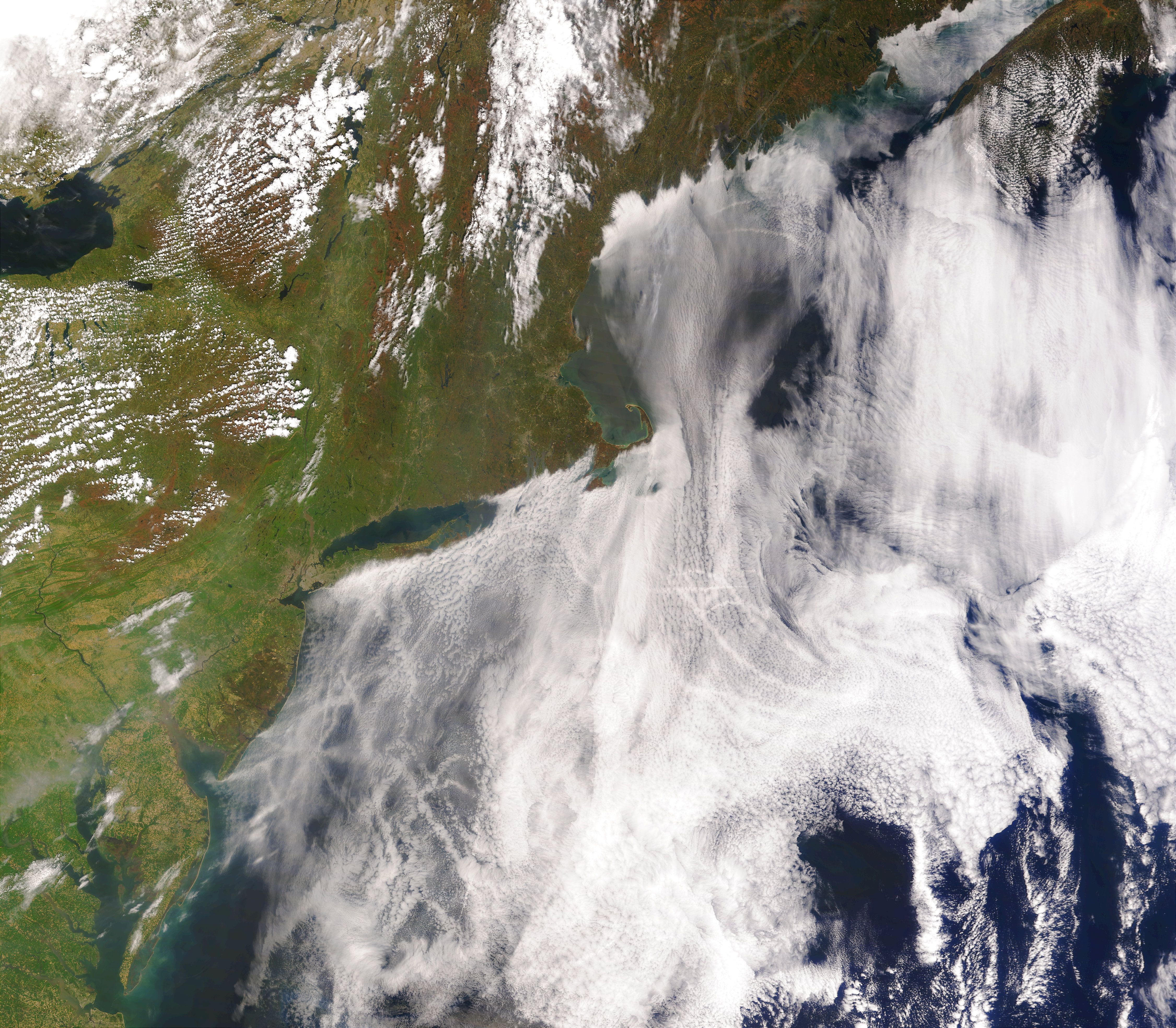
It's our lucky week: the
Economist has dedicated its
Special Report section to the waste management industry. There's a lot to blog about, but for now, I'll focus on Waste Management's new "bioreactor" landfills.
For years, landfills have been carefully sequestered and sealed from the outside world: if nothing could get in, the thinking went, then none of the waste's toxic chemicals could leak out into surrounding groundwater. This theory has worked so well for modern landfills that the garbage inside has become more or less mummified: archaeologists have unearthed deep layers of late-20th-century dumps and discovered more or less intact scraps of food wrapped in legible, decades-old newspapers.
Of course, it's expensive to mummify garbage. For one thing, many dumps are trying to make a business out of harvesting methane (a.k.a. natural gas), which only gets produced underground if the garbage decomposes. For another, landfill real estate is expensive: landfill owners would appreciate it if produce from the disco era could rot away and make room for iPods and Miley Cyrus merchandise.
So instead of thinking of landfills as inert, unchanging piles, Waste Management, one of the nation's largest garbage collection and disposal corporations, has begun experiments to turn some of their landfills into "bioreactors."
From Waste Management's website:What is a bioreactor landfill? Simply put, it is a waste treatment landfill with technology that accelerates the decomposition of organic wastes in a landfill. This is accomplished by controlling the addition and removal of moisture from the waste mass, the collection and extraction of landfill gas, and in some instances the addition of air.
The landfill's hive of bacteria digests its waste, farts into a power plant, and opens its maw for more. The landfill is alive.
What really tickles me, though, is the fact that the bioreactor has particular tastes.
Quoting from the Economist article:
Waste Management has tried pumping different mixtures through landfills to achieve the desired effect, and found that injections of out-of-date beer and soft drinks work better than water.
The results: Waste Management's bioreactors produce natural gas at four times the rate of other landfills and reduce the volume of garbage up to 35%, according to the Economist's report. The concept seems to be catching on: after the success of a pilot bioreactor in Florida, officials are applying the same techniques to four additional landfills.
Here's where you can read more about bioreactors:
bioreactor.orgUS EPA: Bioreactors
 Above: the mighty Sable Oaks Glacier, the final resting place of most of Portland's plowed snow and all the street grime and garbage that was buried beneath it during the past winter's snow storms.
Above: the mighty Sable Oaks Glacier, the final resting place of most of Portland's plowed snow and all the street grime and garbage that was buried beneath it during the past winter's snow storms. I visited this natural wonder this evening right before sunset. It's a time we scenic nature photographers call "the magic hour," because of the magical way the light dances across the filthy, shit-streaked snow.
I visited this natural wonder this evening right before sunset. It's a time we scenic nature photographers call "the magic hour," because of the magical way the light dances across the filthy, shit-streaked snow.














